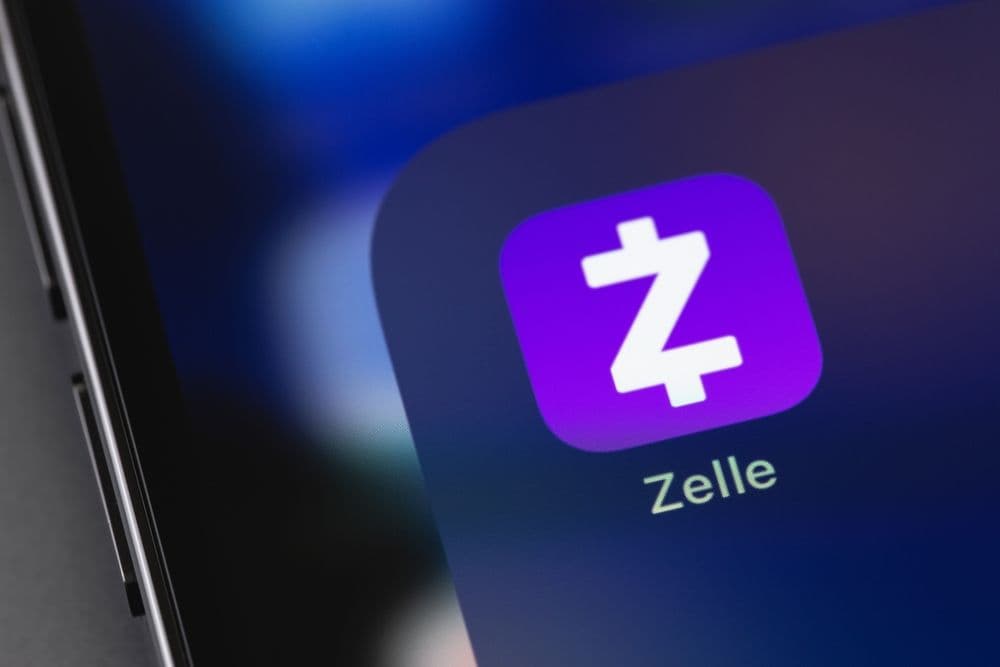 Global crypto market tops $4 trillion amid mainstream adoption of digital assets. (Unsplash)
Global crypto market tops $4 trillion amid mainstream adoption of digital assets. (Unsplash)Among the most striking trends is the embrace of crypto assets by mainstream financial institutions. The report observes that institutions such as BlackRock, Fidelity Investments, JPMorgan Chase and Visa are now offering or planning to offer crypto products, suggesting a shift from early speculative use to broader financial market integration. Meanwhile, stablecoins have reached a milestone: in the past 12 months they settled $46 trillion in transactions ($9 trillion when adjusted for organic activity). That puts stablecoins in the territory of big payment rails such as Visa.
On the infrastructure side, blockchain networks have scaled significantly. Where five years ago some chains were processing fewer than 25 transactions per second, big networks now exceed 3,400 tps, performance levels on a par with major payment platforms. Geographically, the map of adoption has interesting fault lines. Emerging markets such as Argentina, Colombia, India and Nigeria are seeing the fastest uptake of mobile wallet usage and on-chain activity. Developed economies such as Australia and South Korea still dominate token-web-traffic, although in most instances for trading and speculation rather than payments.
The report highlights that beyond trading, an increasing percentage of crypto activity is "real-economic value," transactions with practical applications rather than speculation. In network revenue terms, chains like Solana and Hyperliquid account for over half of all revenue-generating activity, which indicates a shift from the historical dominance of Bitcoin and Ethereum.
Another trend of interest is the rise of tokenized real-world assets, treasuries, money-market funds and real estate represented on-chain, the market is now estimated to be worth $30 billion and growing rapidly.
Going forward, the sector is expected to continue its growth and integration pattern. The authors cite a combination of regulatory clarity, improved infrastructure and mainstream adoption as enablers. The report states: "We have the infrastructure, the distribution, and hopefully soon, the regulatory clarity to take this technology mainstream."
As crypto technology matures, the conversation is shifting from market speculation to responsible innovation. Developers and policymakers are increasingly focused on how blockchain can support transparent finance, identity verification, and cross-border settlement without intermediaries. This new emphasis on usability and compliance reflects the industry’s effort to earn credibility in mainstream finance and public institutions alike.
At the same time, major financial institutions are no longer on the sidelines. Large asset managers and payment networks are testing tokenized settlement systems, exploring blockchain’s potential to streamline trading, settlement, and custody operations. The arrival of regulated exchange-traded products and custodial frameworks marks a turning point, signaling that digital assets are being integrated into traditional financial architecture rather than competing with it.
The macroeconomic backdrop has also played a decisive role in crypto’s acceleration. As inflation pressures eased in key economies and central banks shifted toward stable interest-rate policies in 2025, digital assets benefited from renewed investor confidence. This environment has encouraged liquidity to return to token markets, while institutional funds, pension managers, and sovereign-wealth entities have cautiously re-entered the space through regulated vehicles. Analysts note that this phase is less about speculative trading and more about portfolio diversification and inflation-hedging strategies anchored in transparent, on-chain instruments.
Another catalyst driving mainstream adoption is the convergence of blockchain with artificial intelligence and data-infrastructure systems. AI-enhanced analytics are now being used to monitor blockchain risk, automate compliance, and improve asset-tokenization efficiency. Data-centre operators and fintech firms in regions such as the UAE, Singapore, and the United States are increasingly integrating blockchain rails with AI-based settlement layers, signalling a transition toward real-time, programmable financial infrastructure that can support institutional-grade throughput.
Policy clarity is becoming another central driver of growth. Jurisdictions such as the United Arab Emirates, Japan, and the European Union have implemented comprehensive digital-asset frameworks, giving both institutions and retail participants a predictable environment. This combination of legal recognition and technological maturity is pushing the ecosystem toward a more stable and transparent stage of development, where compliance and innovation can coexist.
The direction of the industry points toward convergence, where finance, technology and governance operate through shared digital infrastructure. The key question for the next phase will not be whether crypto survives, but how it integrates with the broader economy. If the trends identified in the a16z report continue, rising institutional use, regulated stablecoins, and scalable infrastructure, digital assets may soon function less as an “alternative system” and more as the technological backbone of modern finance.

Blockchain Life 2025 in Dubai

Zelle expands globally with stablecoin initiative

Gaming embraces stablecoins for faster, fairer payments

Japan’s FSA eyes bank access to crypto